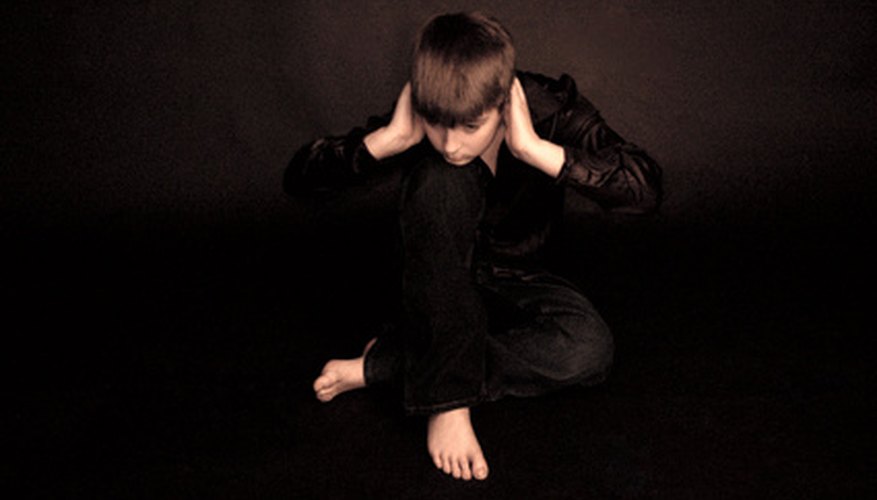Every child is different, and educators have differing opinions about how best to respond to these differences. Inclusive settings are a very common response to this challenge.
Definition
"Inclusive" means that anyone can participate. In education, an inclusive setting is a place such as a school or college where children of all abilities learn together. In an inclusive classroom, children with learning disabilities, such as dyslexia, and physical disabilities, such as deafness, learn alongside children of both average and exceptional ability.
Methods
Teachers in an inclusive setting differentiate between students by setting different tasks, depending on each student's needs and abilities. A child with dyspraxia, for example, may perform an activity with simplified instructions and steps designed especially for her ability level. Teachers may also differentiate by outcome: Every child receives the same instructions, but the teacher assesses the results depending on the student, based on individual criteria.
- Every child is different, and educators have differing opinions about how best to respond to these differences.
- Teachers in an inclusive setting differentiate between students by setting different tasks, depending on each student's needs and abilities.
Alternatives
Not all educators believe an inclusive setting helps children learn best. In some places, children with disabilities receive teaching in a separate school. Opponents of inclusivism argue that teaching students in one place neglects special needs and forces more able children to slow down to accommodate the less able.
Worldwide
Worldwide, inclusion takes on a wider meaning. In many countries, explicit factors that lead to children being left out of mainstream education may include religion, race and social stigmas, such as HIV and AIDS.
